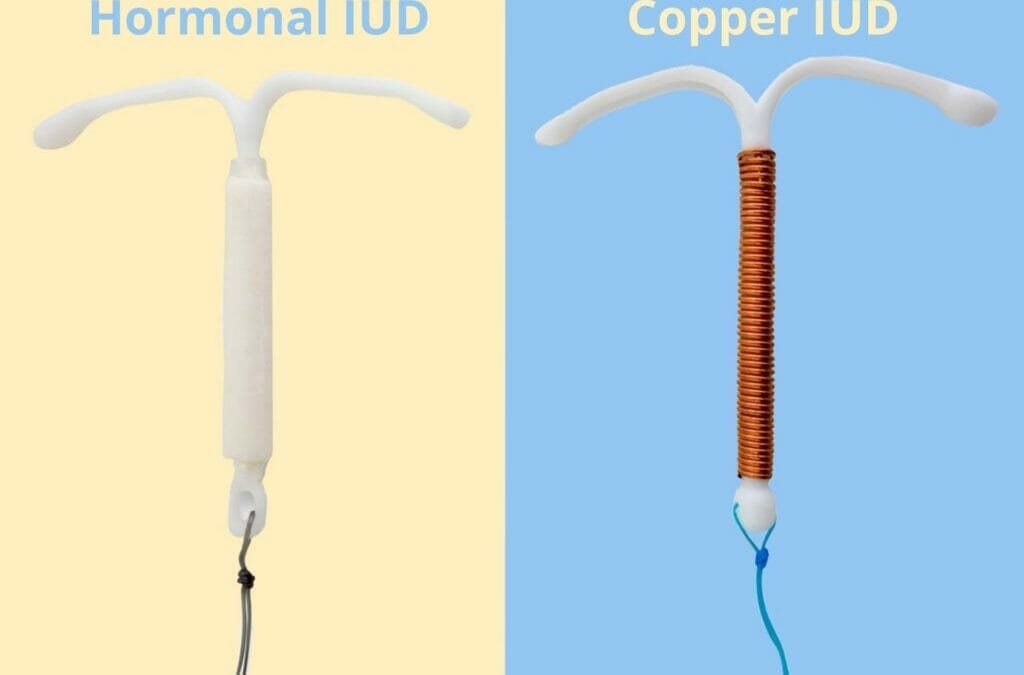Blog
Tenaculum: For Over 100 Years Women Have Endured Pain in Gynecology
The medical experience could be sometimes painful and traumatic. For women, who have been raised to accept pain and discomfort as “part of life” e.g. menstrual cramps, natural delivery – enduring this fact in gynecological care is an everyday reality. What is one of the perpetrators of pain in gynecology? And is pain inevitable? Let’s…
Read MoreInnovators Transforming the World of Intrauterine Devices (IUDs)
After a long time coming, Sexual and Reproductive Health has finally arrived at the front and center in the global public health agenda. Family planning initiatives from governments and non-profit organizations have sounded the alarm to warn that much more needs to be done to tackle the unplanned pregnancies pandemic. According to Melinda Gates, Co-Chair of the Bill & Melinda Gates Foundation: “ When…
Read MoreSeptember: A Celebration of Sexual Health
Although September is recognized as Sexual Health Awareness Month, there is one special day we would like to highlight. Every year – on September 26th – a coalition of global organizations unite to celebrate the World Contraception Day. Its unique mission? To improve awareness of contraception so every pregnancy is intentional and to educate young people to make…
Read MoreIs the IUD Suitable for Women Who Have Never Given Birth?
The short answer is yes, yet misconceptions dating back from the time when the Intrauterine device (IUD) was first introduced in the late 1990s still linger. The origin of the IUD Nulliparous is the medical term for women who have not undergone childbirth either by choice or any other reason. Generally, the cervix diameter of nulliparous women is smaller than…
Read MoreIs IUD an Appropriate Contraceptive Method for Teen Girls?
The latest research suggested IUD as an appropriate contraceptive method for teen girls as well as for women after giving birth. At least 10 million of unintended pregnancies occur each year among teens in developing countries alone. Despite the availability of effective birth control methods like an intrauterine device (IUD), unplanned adolescent pregnancy remains a major challenge in both…
Read MoreWhich Intrauterine Device is Right for You? Hormonal vs. Copper IUDs
The percentage of women on birth control who use Intrauterine devices globally is about 15%. This number varies greatly by geography. Asia (27%) and Europe (17%) are the two largest IUD markets, yet use varies country per country. Such variation depends on many factors including: family planning policy, insurance coverage, trained clinicians, availability of clinics and of…
Read MoreMeet the Intrauterine Device IUD
Long-acting reversible contraception (LARC) is contraception that doesn’t depend on the patient remembering to take or use it to be effective. Intrauterine Devices, or IUDs, are one form LARC. They are considered both effective and safe for most women. 1 Meet the IUD The IUD is a small, often T-shaped device inserted into the uterus, where…
Read MoreWhat Makes People Choose a Particular Contraceptive?
Researches have been trying to answer this question for a long time. Needs and preferences for contraception change over time and vary with the person’s stage of life. Safety, effectiveness and reversibility are some of the most important attributes when selecting a contraceptive.1 COVID-19 has swept across the globe impacting millions and disrupting our way of life. Prior to…
Read MoreMore than 40% of Pregnancies Globally are Unintended
Worldwide, about 85 million annual pregnancies are unintended, or >40% of all pregnancies. These pregnancies result in 50% abortions, 12% miscarriages, and 38% unplanned births. The impact is substantial costs to healthcare systems, social services as well as significant emotional distress to women, and their families. In the US alone, the annual costs to the…
Read More








